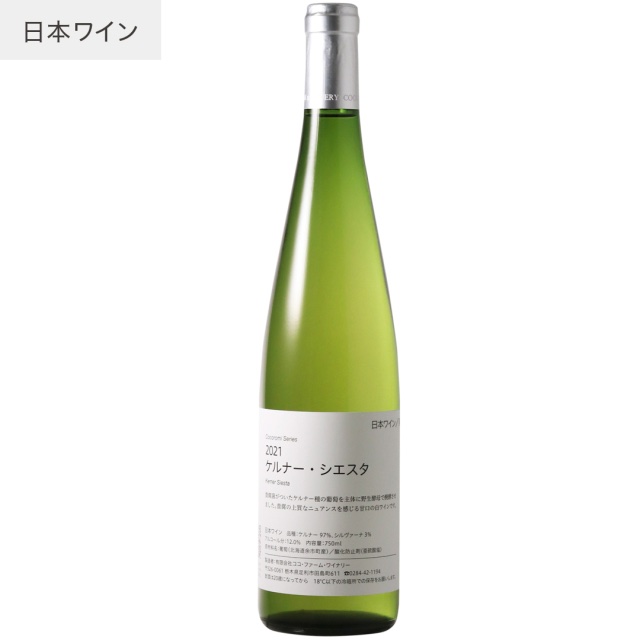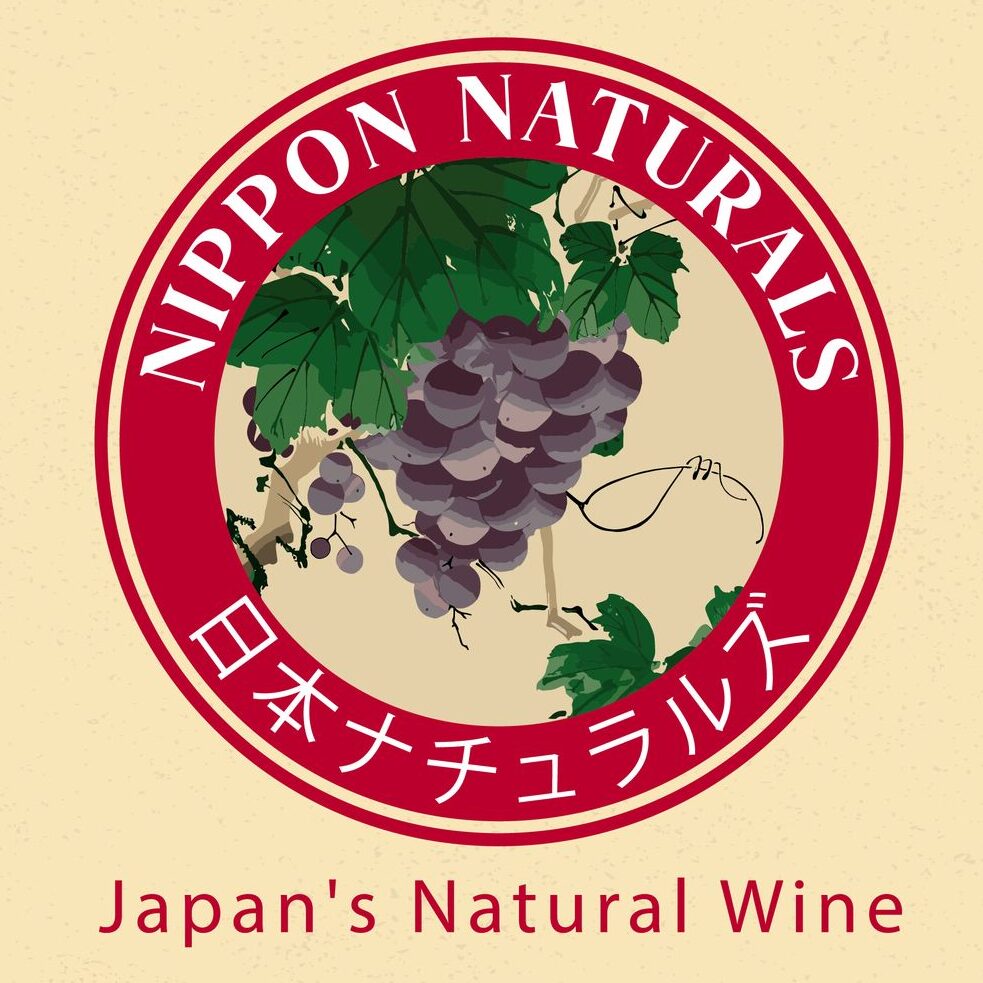NIPPON NATURALS
日本ナチュラルズ

Grapes: Kerner 97%, Silvaner 3%
Type: White
Style: Slightly sweet, medium-bodied
Color: White
Alcohol: 12.1%
Wild yeast: Yes
Any added sulphites: none
Filtered: Coarse
Serving temperature: 5-8°c
Production: 7,180 bottles
Please store in a cool, dark place.
“Kokoromi Series 2021 Kerner Siesta” is a very fine white wine with a drowsy sweetness.
Grapes with noble rot from the Kerner variety were collected and fermented slowly with wild yeast. In addition to the tropical fruit, the honey-like aroma and taste of the fermented noble rot grapes give this wine complexity and elegance.
The aroma is a complex mix of grapefruit, apricot, yellow peach, honey, vervain, ginger, and cider. The taste is sweet and well-rounded with just the right amount of acidity. The aftertaste is spicy and slightly bitter from the alcohol.
Carrot rapée, pate de campagne, salmon and cream cheese marinade, foie gras flan, Japanese pepper tsukudani, butterbur shoot tempura, hairy crab, oyster cream stew, hacher parmentier, charcoal-grilled Miyazaki chicken, white peach and ricotta cheese shaved ice, kumquat compote, savarin
Kerner is a white wine grape variety developed in Germany in 1969, and is described in Jancis Robinson MW’s “Guide to Wine Grapes” as “the masterpiece of modern German grape breeding.” In addition, “Kerner was named after a local poet who wrote a hymn to wine in the 19th century, not after the developer of the hybrid, as with other varieties.” Currently, Kerner grapes are grown in Germany, Austria, South Africa, the UK, and Hokkaido, Japan.
The wine was fermented in two ways. In the first method, only the free-run juice was placed in a stainless-steel tank and fermented with wild yeast for about a month at a temperature of 23°C or less. In the second method, gently pressed juice and de-stemmed grapes were placed in a plastic tank and fermented for a month. After sufficient ingredients were extracted through alcoholic fermentation, the wine was pressed. After that, MLF (malolactic fermentation) using wild lactic acid bacteria was continued in a stainless-steel tank. Aged in stainless steel tanks for approximately 6 months, then racked, blended and filtered.
